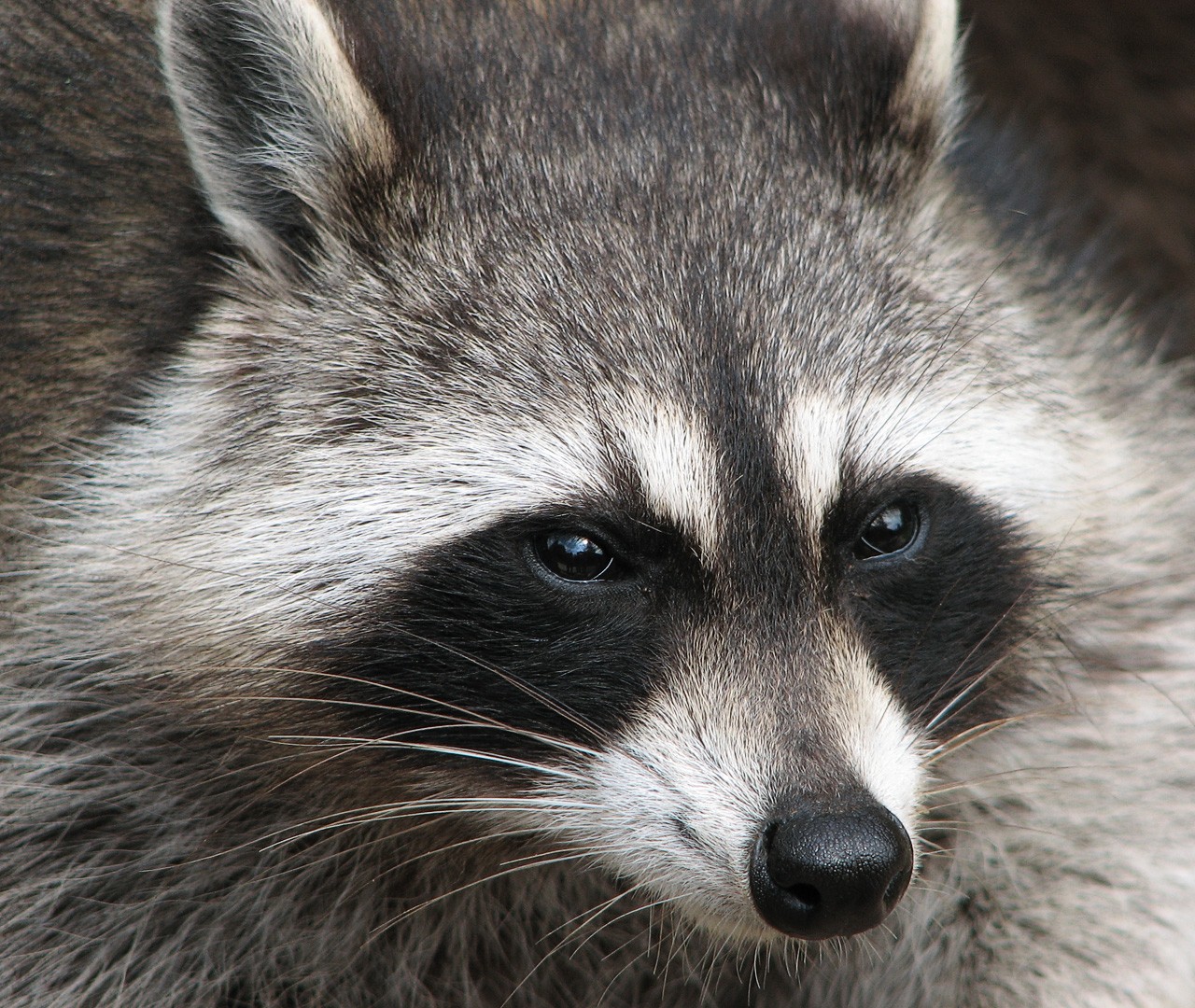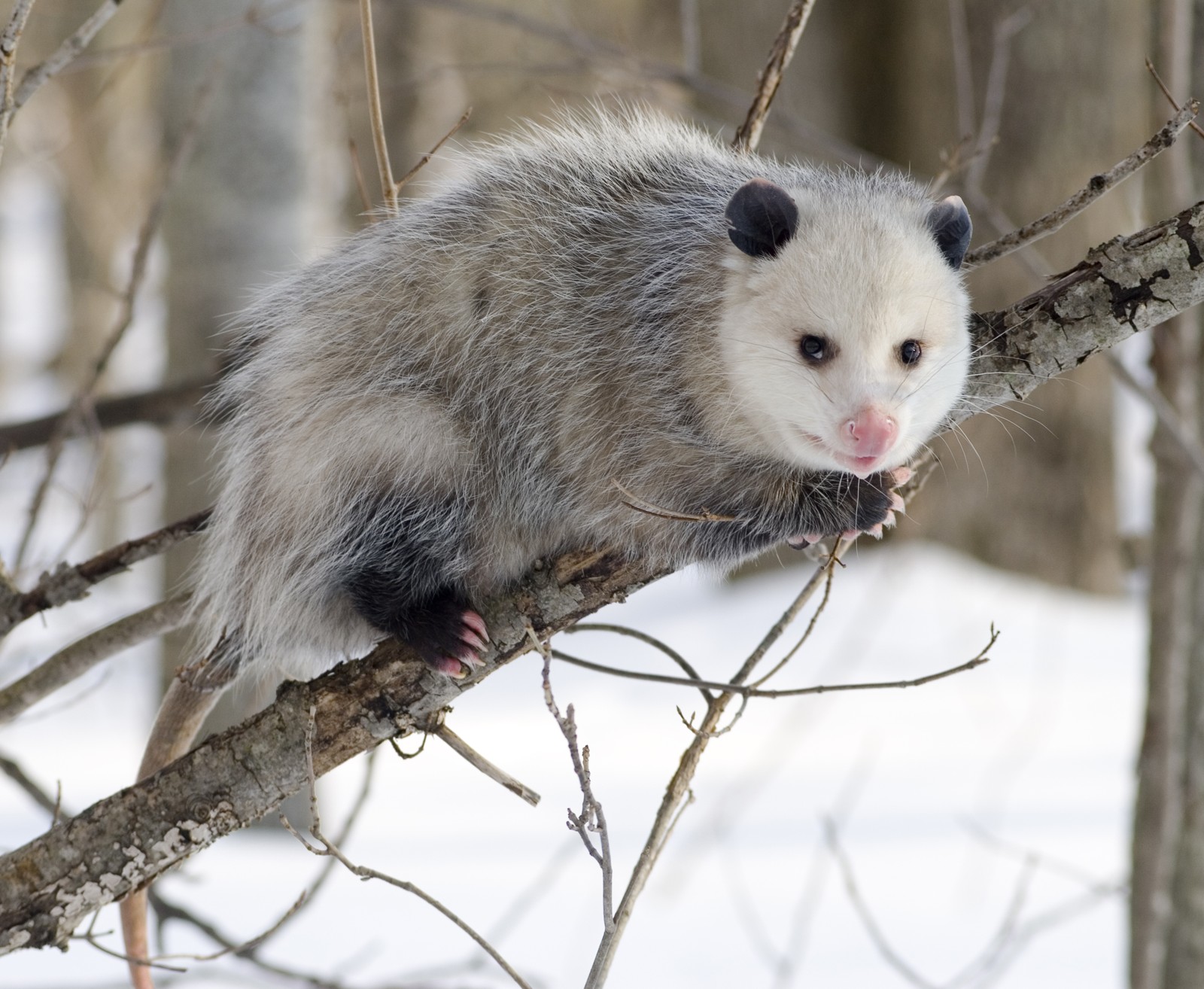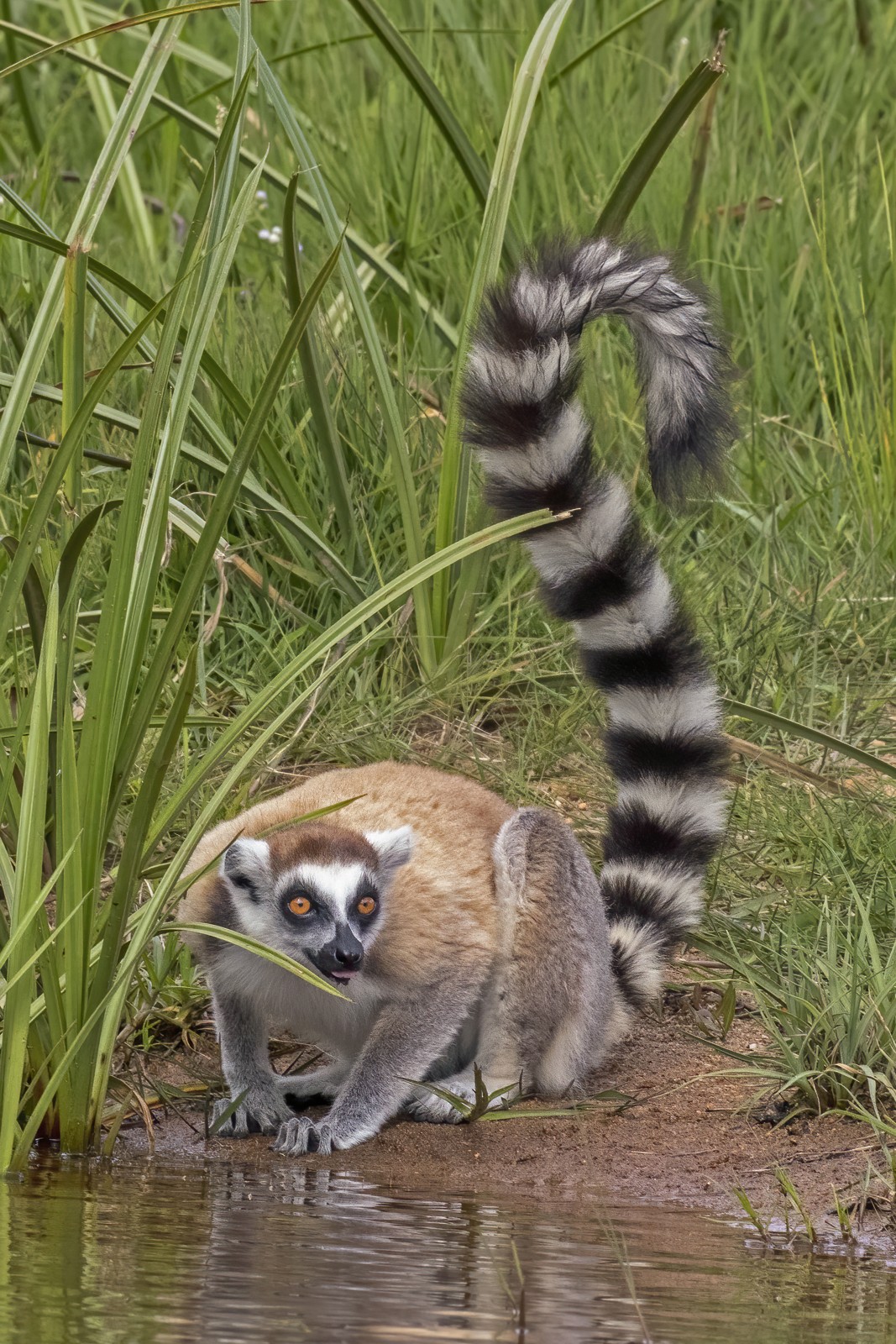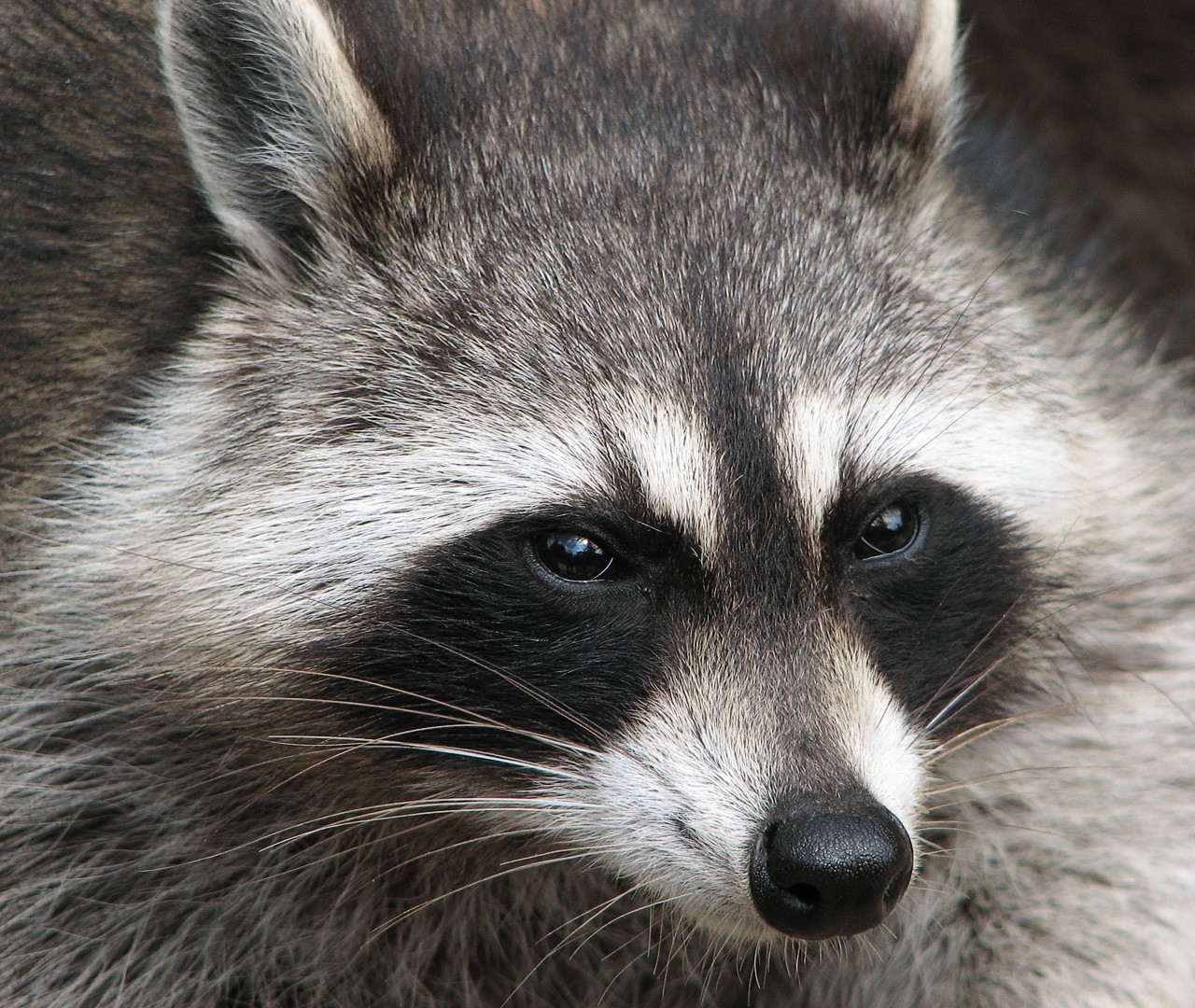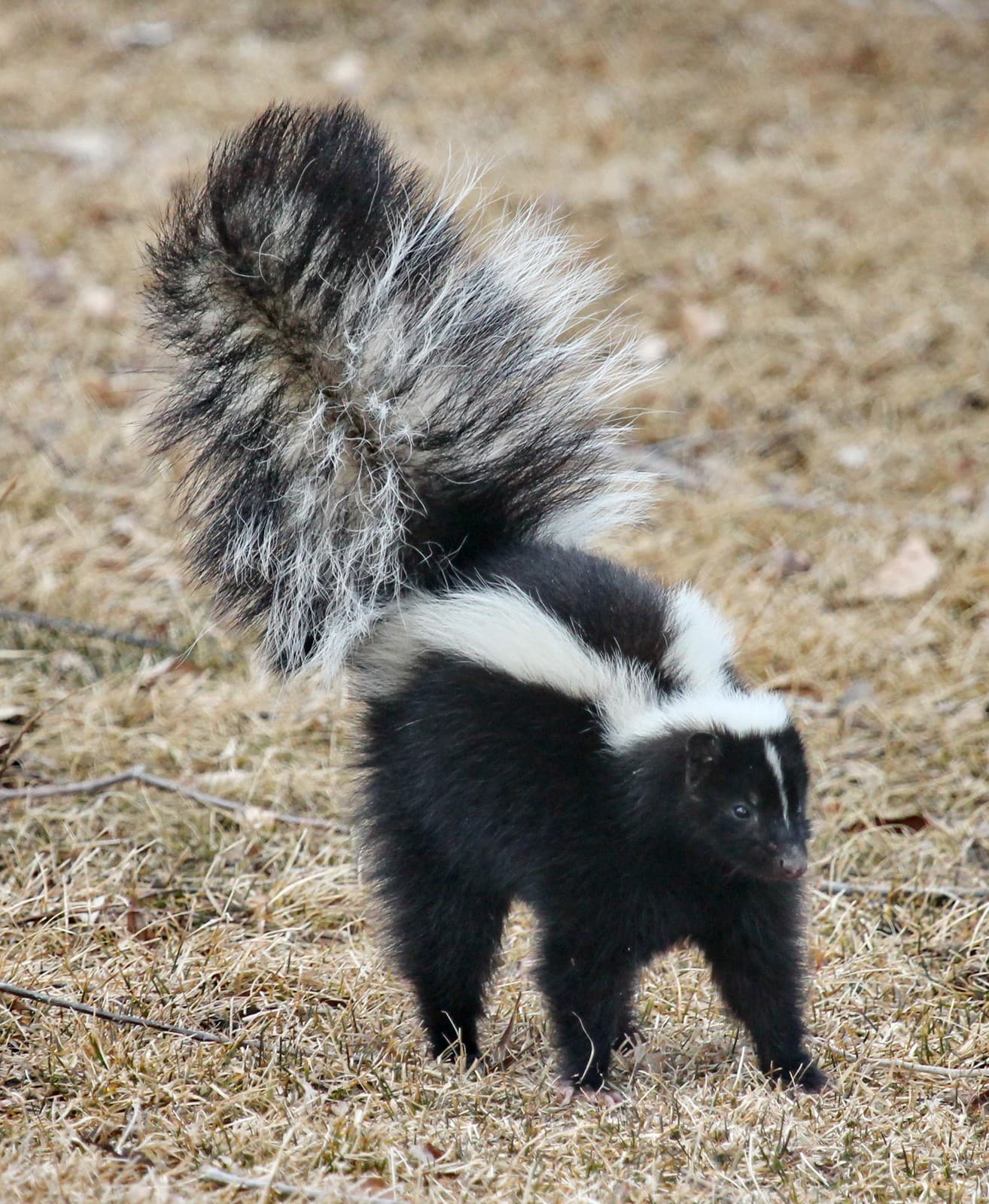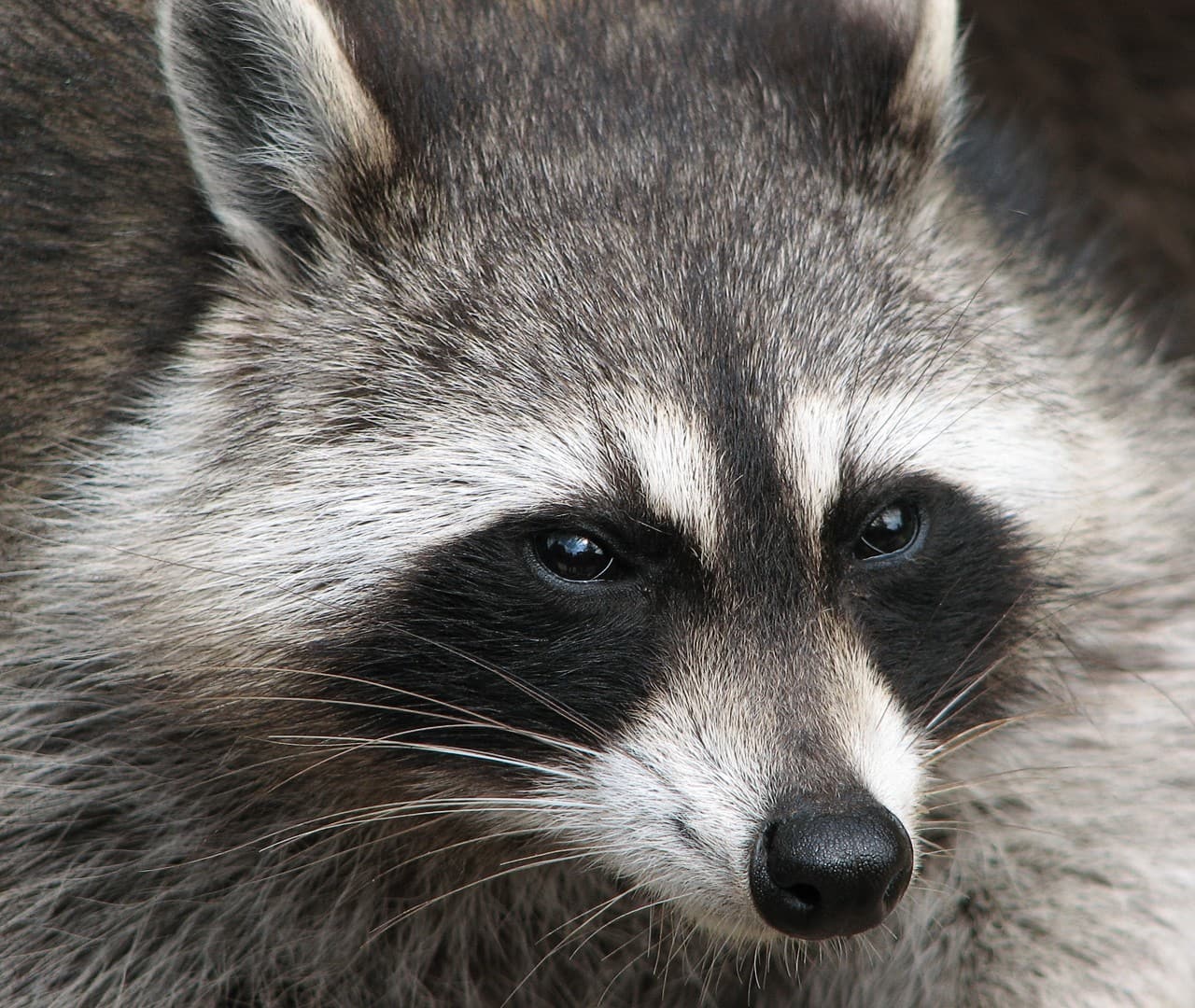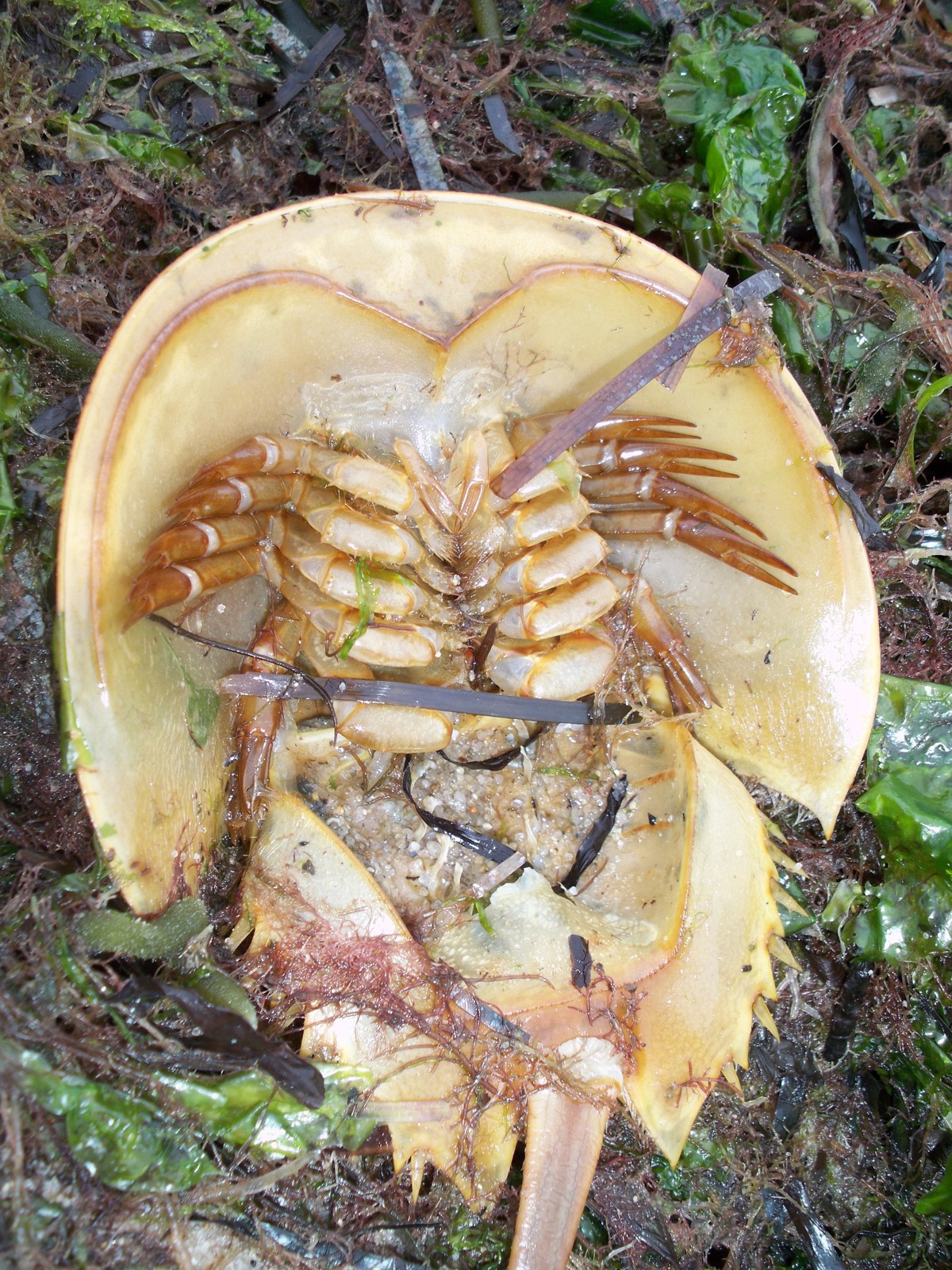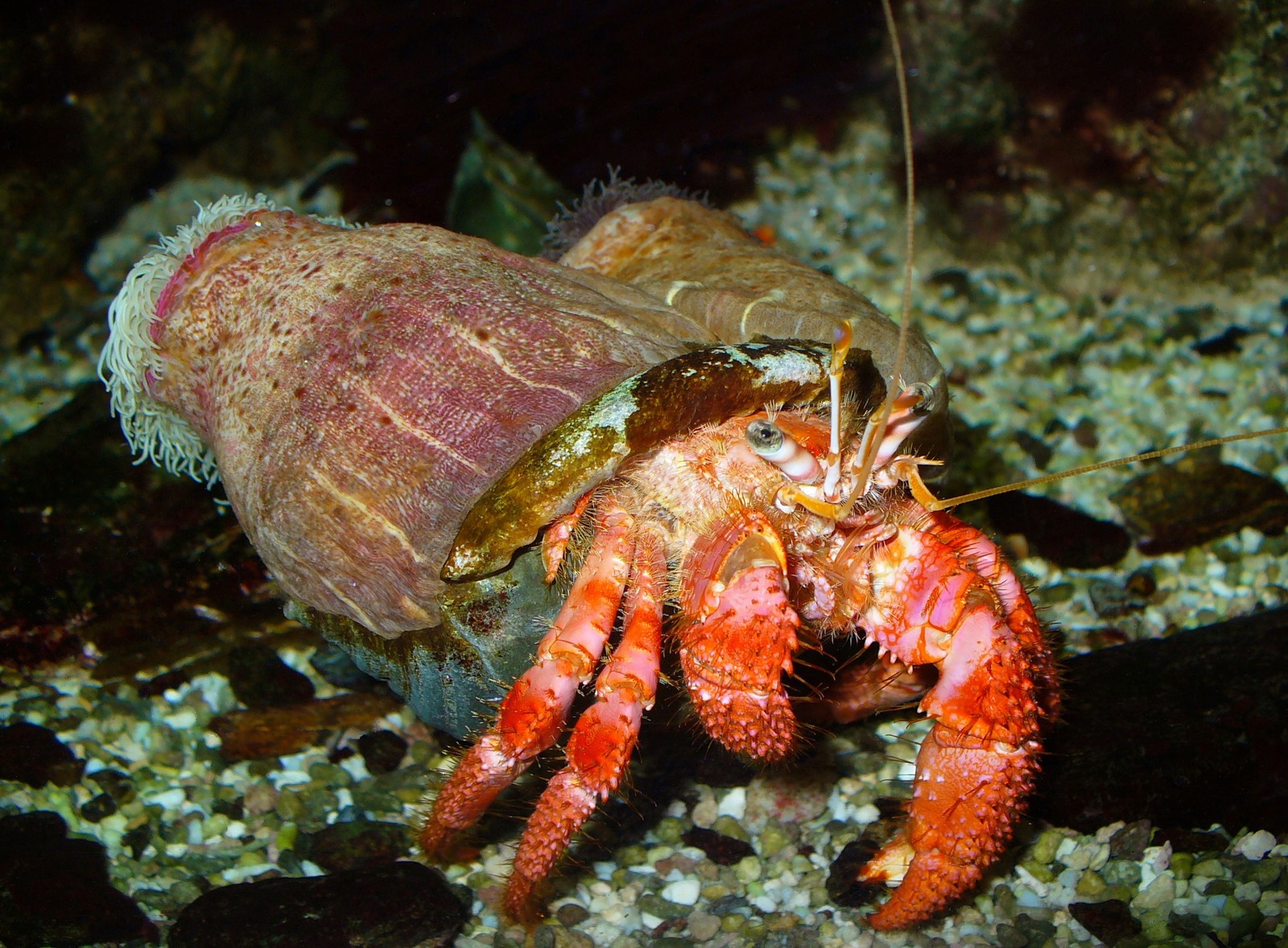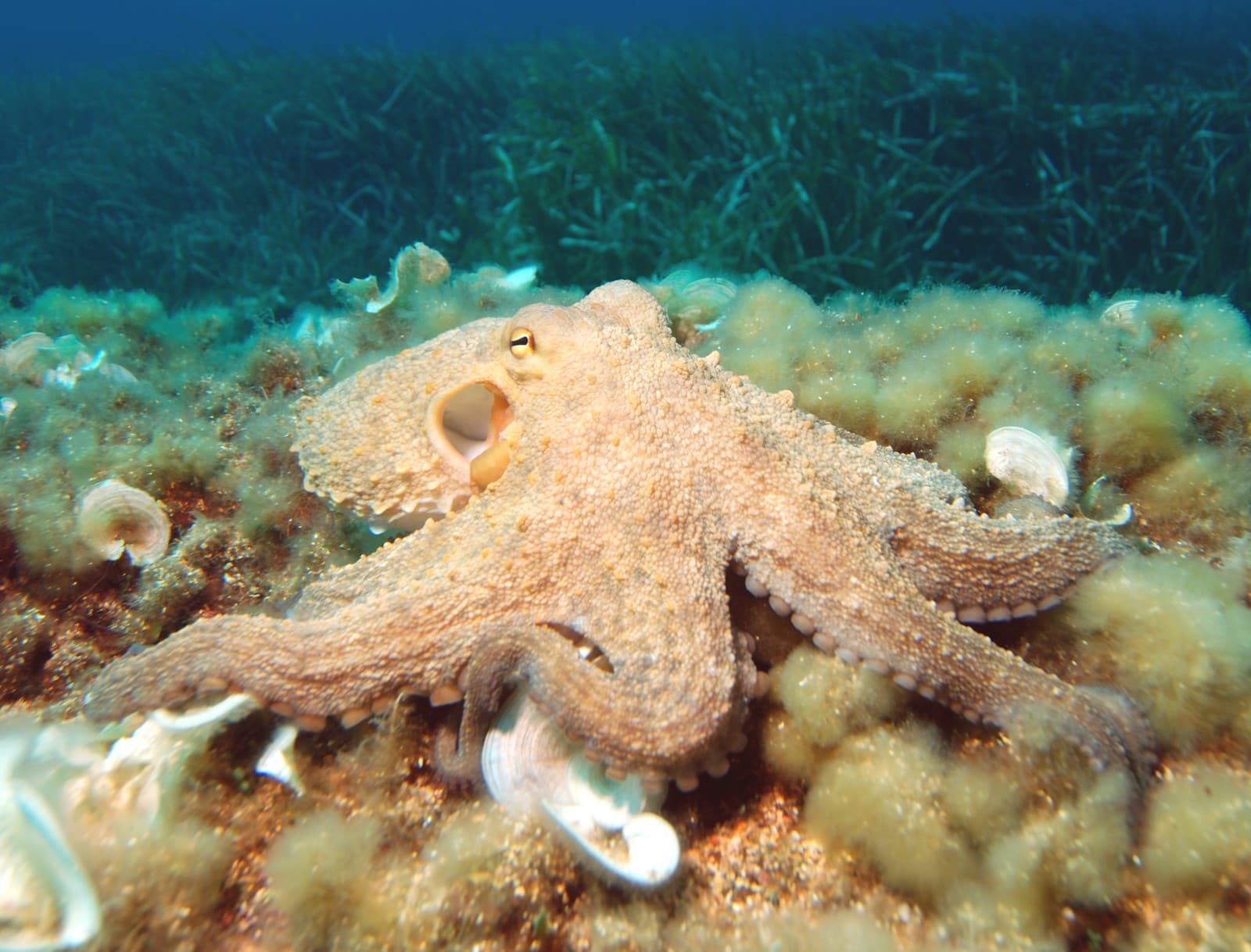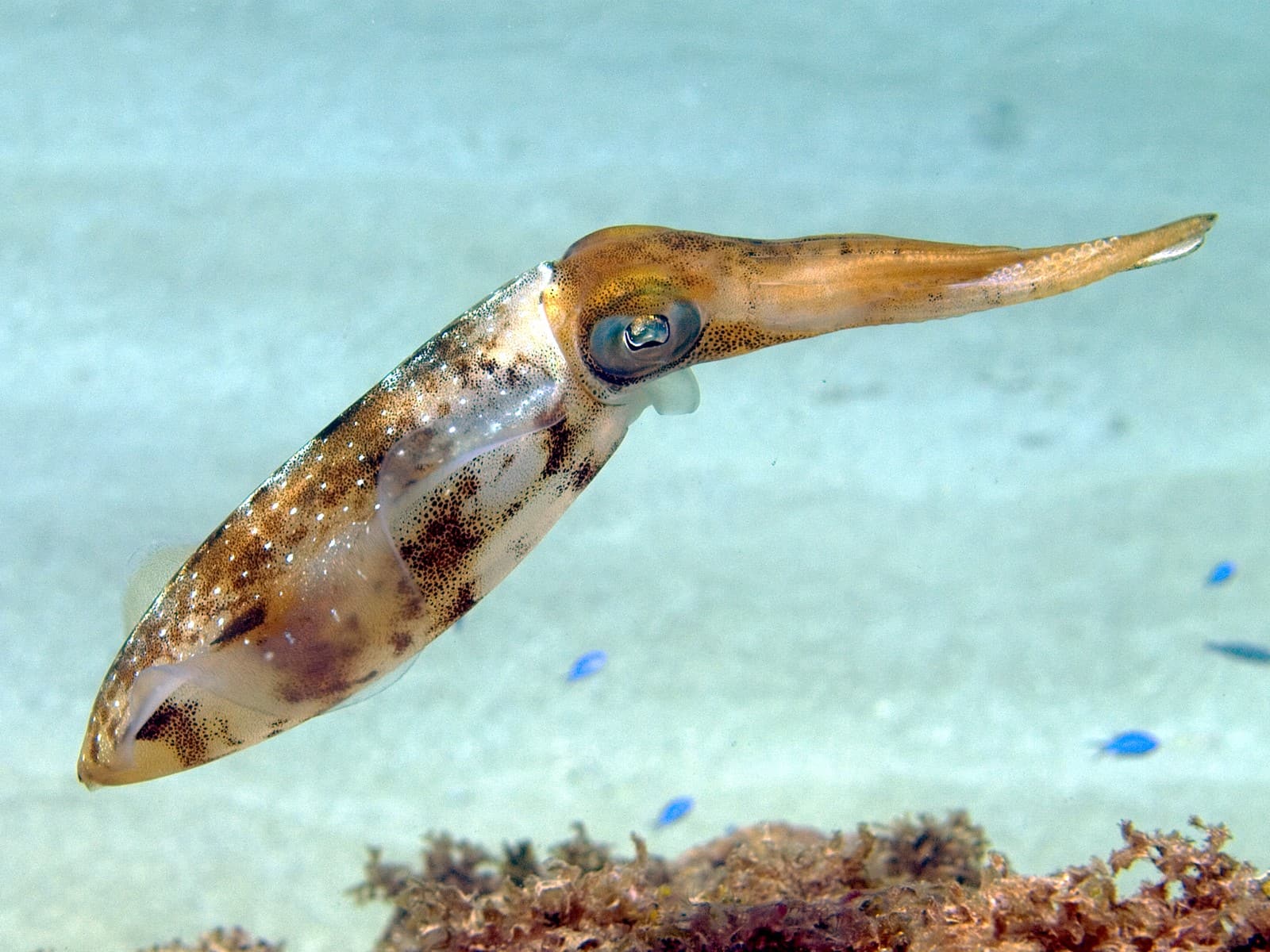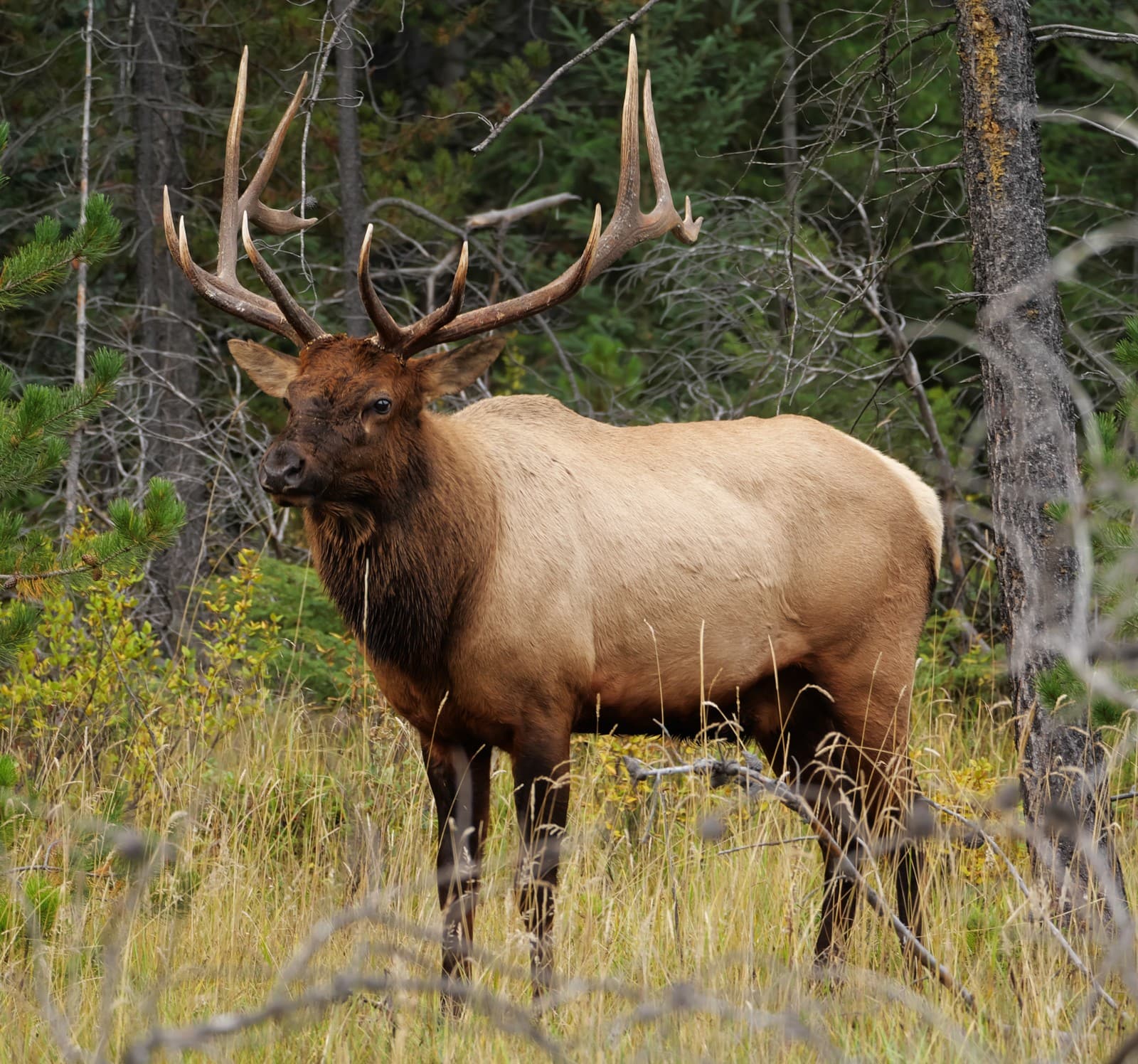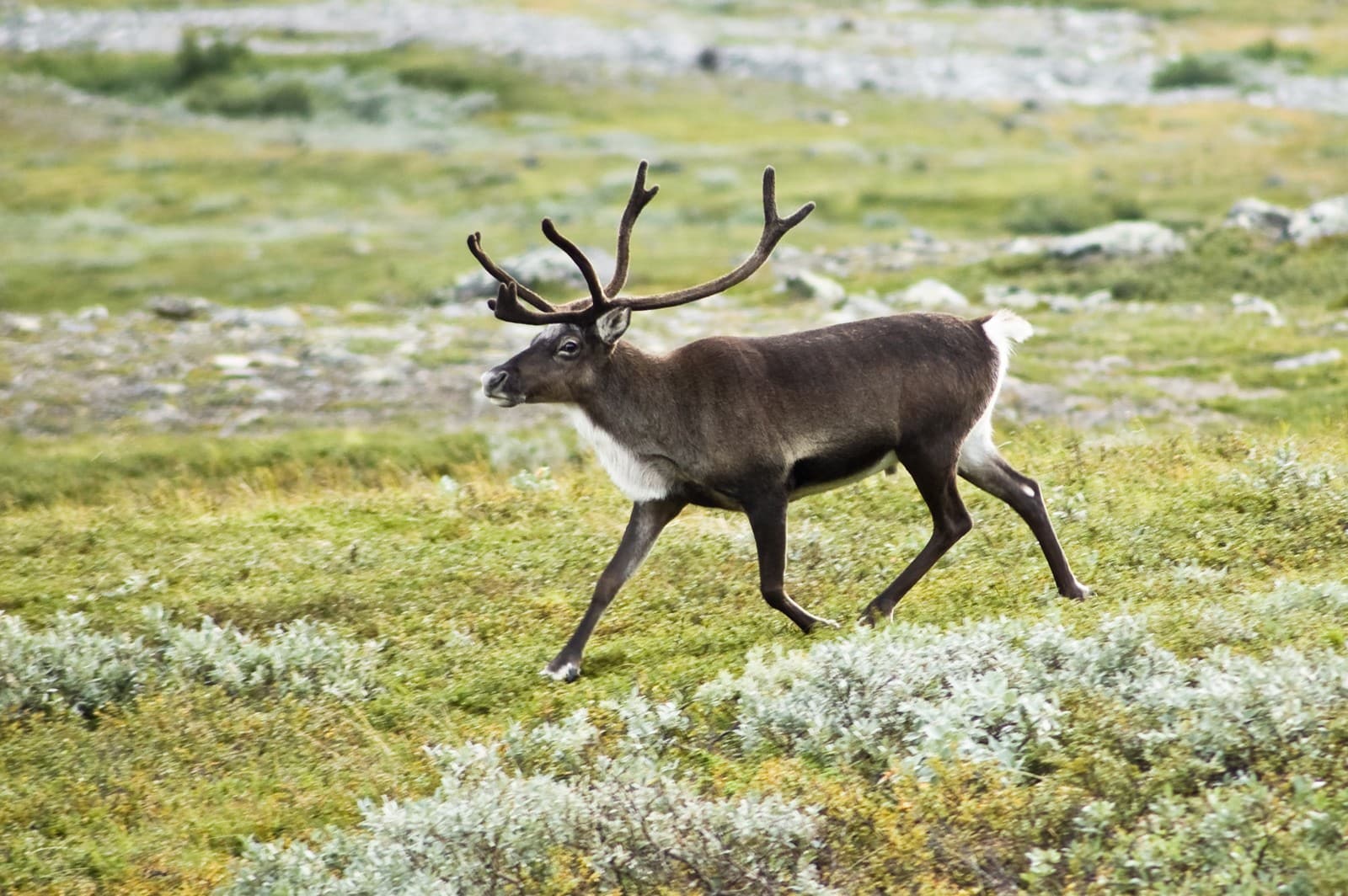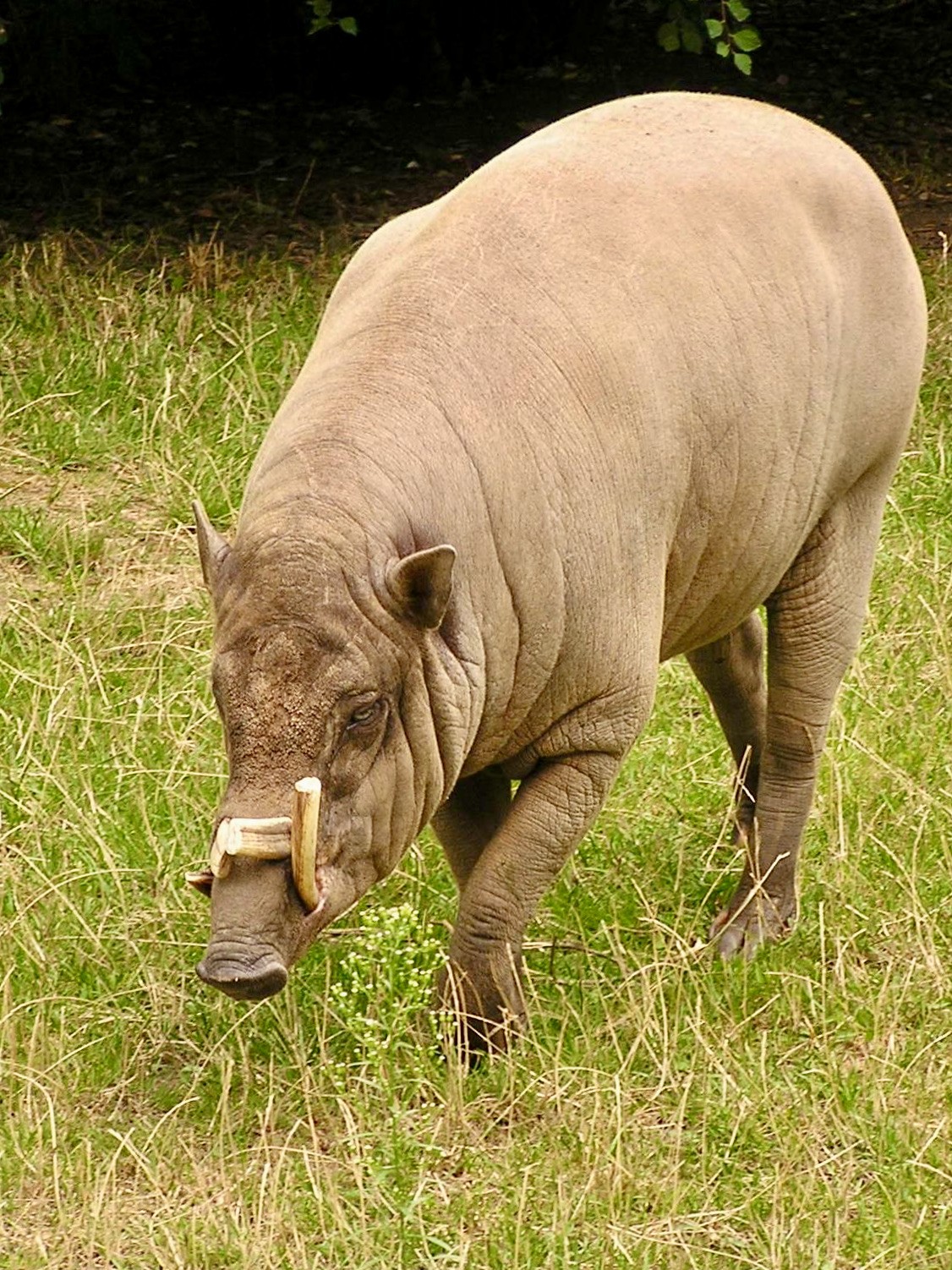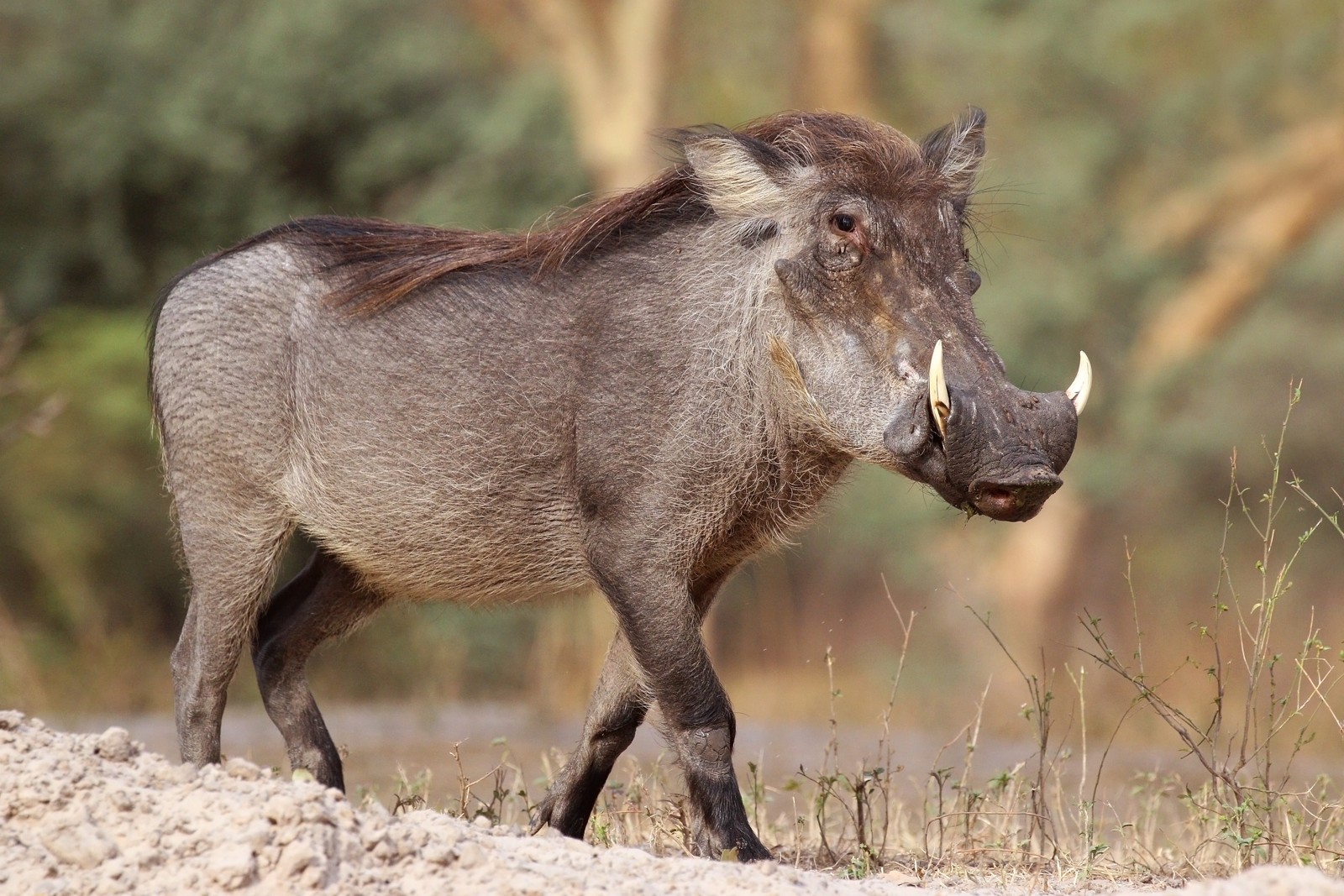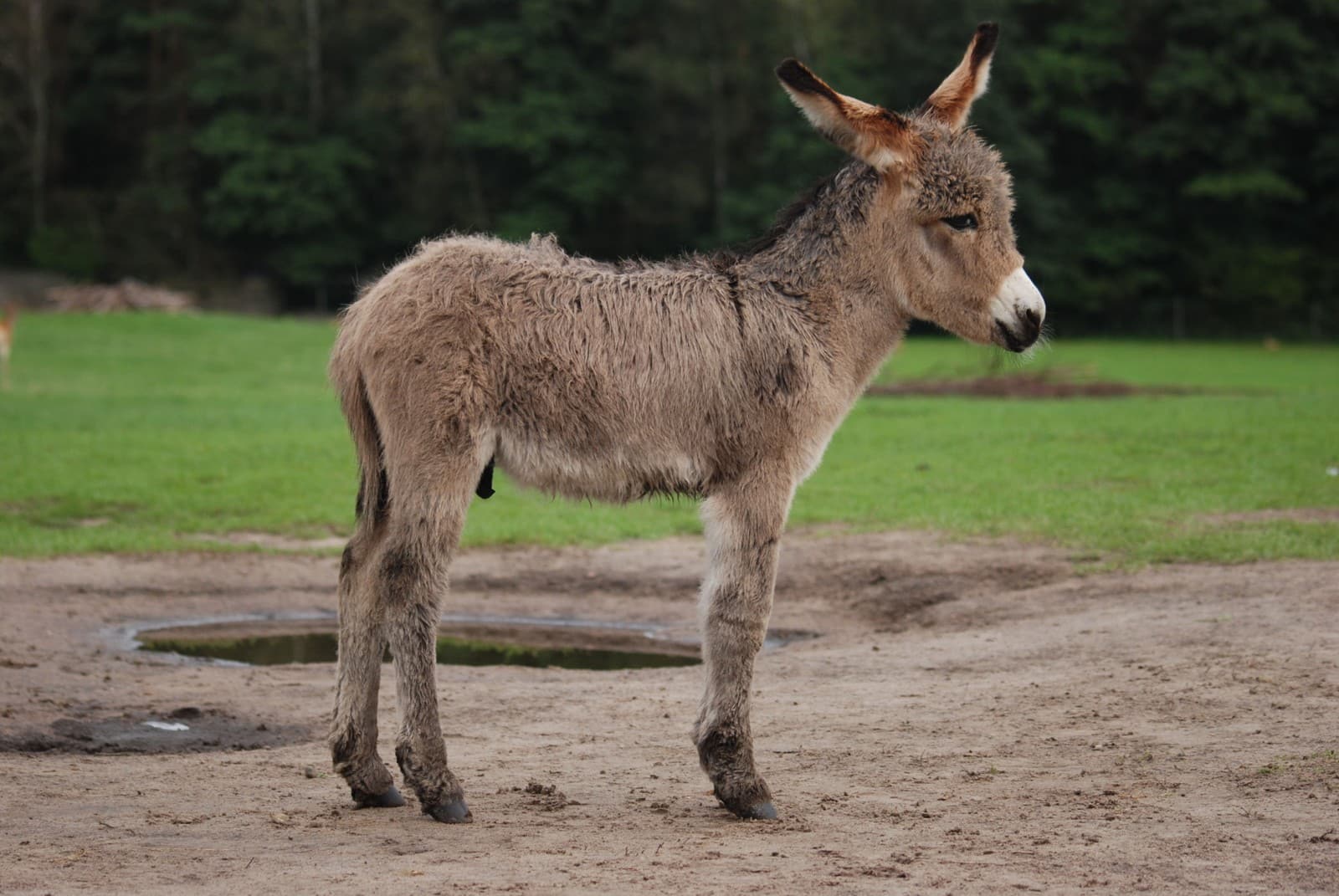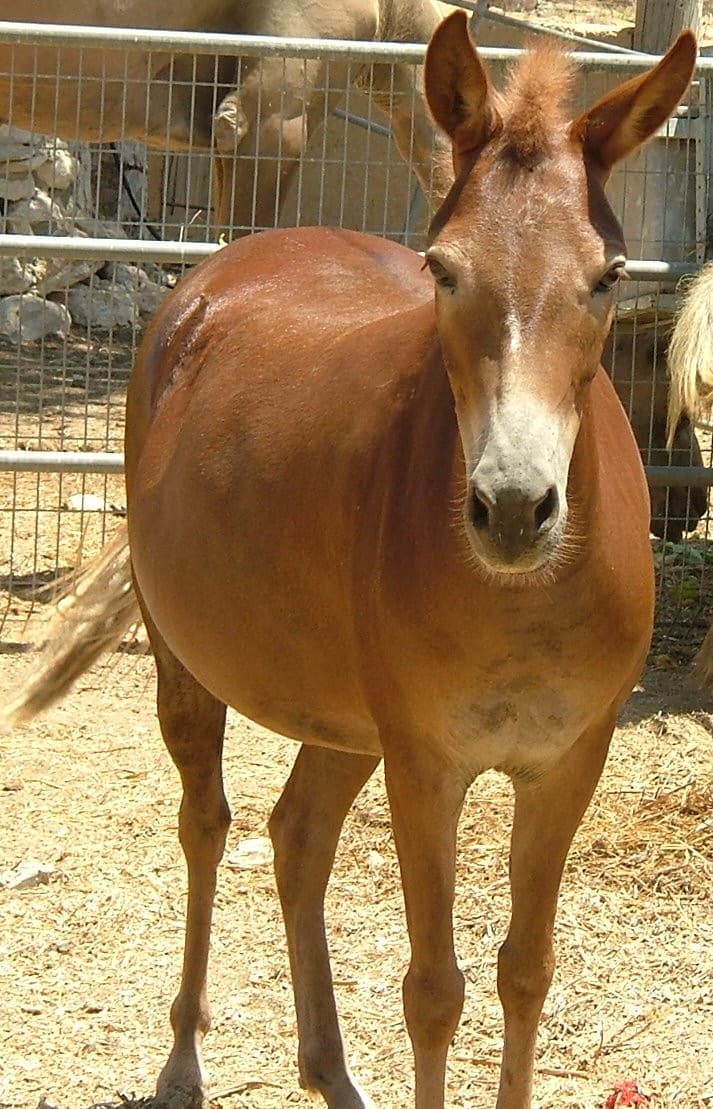Raccoon vs Coati: A Complete Comparison
While raccoons and coatis might share similar masked faces, these distant cousins exhibit remarkable differences in their behavior, habitat preferences, and physical characteristics. Raccoons (Procyon lotor) are primarily solitary animals weighing 8-20 pounds (3.6-9.1 kg), while coatis (Nasua nasua) are social creatures typically weighing 4.4-13 pounds (2-6 kg). Their most striking difference lies in their snout structure and social dynamics.
The distinction between raccoons and coatis becomes particularly evident when examining their geographical distribution and behavioral patterns. Raccoons have successfully adapted to urban environments across North America, while coatis remain predominantly wild animals found throughout Central and South America’s diverse ecosystems.
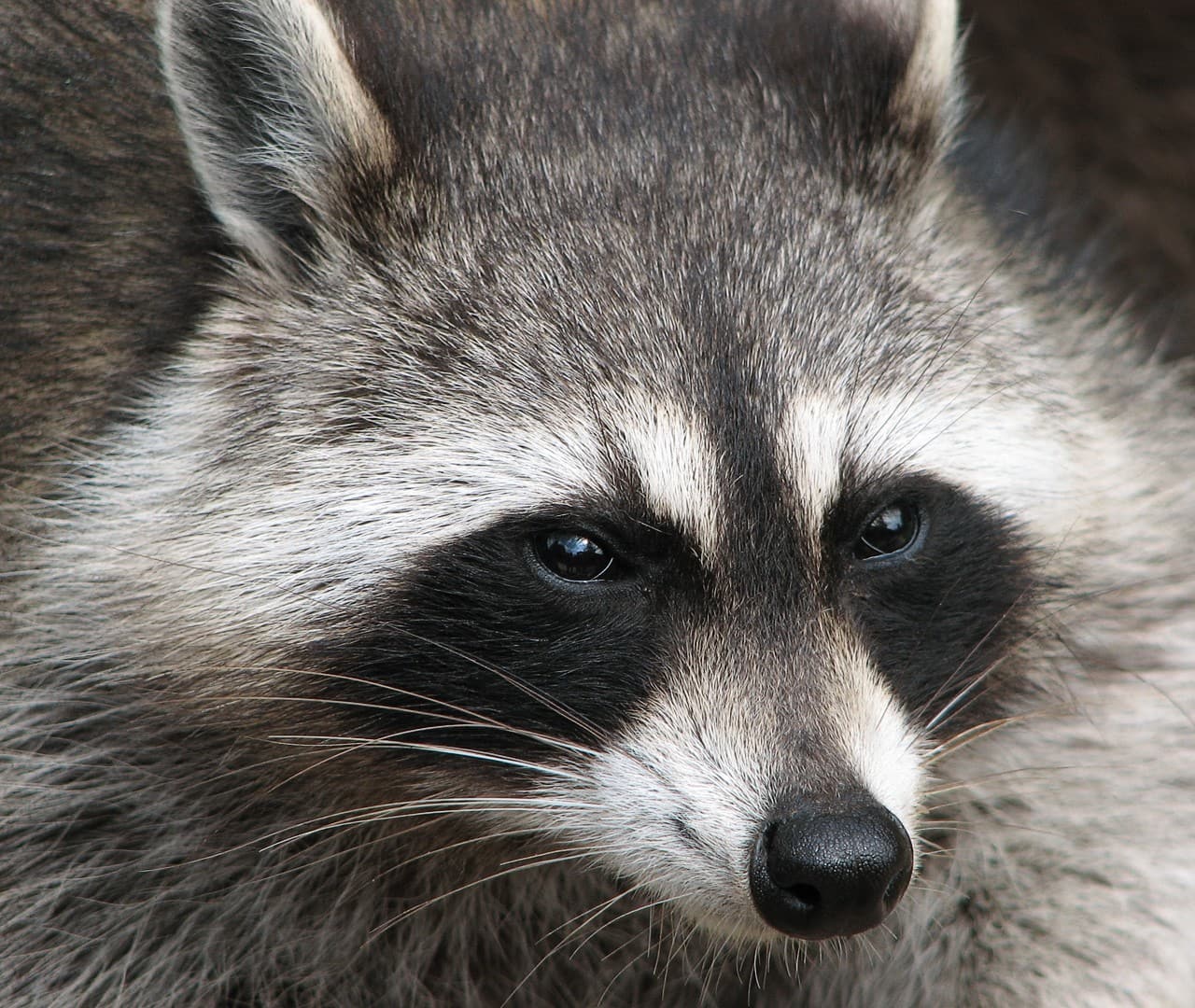
© Darkone / CC BY-SA 2.5
The North American raccoon displays its characteristic masked face and robust build, highlighting the adaptations that make it such a successful urban survivor. Note the shorter, more cat-like snout compared to its coati cousin.

© Enrique González / CC BY-SA 4.0
The South American coati demonstrates its distinctive elongated snout and more streamlined build, adaptations that serve it well in its natural forest habitat. The longer nose helps it forage effectively for insects and small prey.
Key Differences: Raccoon vs Coati
| Feature | Raccoon | Coati |
|---|---|---|
| Size | 23-37 inches (58-94 cm) | 13-27 inches (33-69 cm) |
| Weight | 8-20 pounds (3.6-9.1 kg) | 4.4-13 pounds (2-6 kg) |
| Social Behavior | Primarily solitary | Highly social, lives in groups |
| Snout Shape | Short and pointed | Long and flexible |
| Habitat | Urban and wilderness areas | Primarily forest environments |
| Distribution | North America | Central and South America |
Behavior and Social Structure
Raccoons and coatis exhibit stark contrasts in their social behaviors. While raccoons are typically solitary creatures, only coming together during mating season, coatis form social groups called bands, consisting of 15-30 individuals. Female coatis and their young travel and forage together, while adult males typically remain solitary.
Habitat and Distribution
The raccoon has proven remarkably adaptable, thriving in diverse environments from urban centers to wilderness areas across North America. Coatis, however, maintain a stronger connection to their natural habitat, preferring tropical and subtropical forests throughout Central and South America, rarely venturing into human settlements.
Hunting and Diet
Both species are omnivorous, but their feeding strategies differ significantly:
-
Raccoons:
- Opportunistic feeders
- Highly dexterous hands for manipulation
- Frequently wash or douse food items
- Adapt easily to human food sources
-
Coatis:
- More specialized foragers
- Use long snouts to dig for insects
- Primarily natural diet
- Expert climbers for accessing fruits
Physical Capabilities
In terms of physical abilities, both species show impressive adaptations:
-
Raccoons excel at:
- Problem-solving
- Manual dexterity
- Swimming
- Urban navigation
-
Coatis demonstrate:
- Superior climbing ability
- Enhanced sense of smell
- Greater agility
- Better group coordination
Who Would Win in a Confrontation?
While both species typically avoid confrontation, a physical encounter would likely favor the raccoon due to its:
- Greater body mass (20-30% heavier on average)
- More powerful build
- Stronger bite force
- More aggressive defensive nature
However, coatis’ social nature means they rarely face threats alone, making such confrontations unlikely in natural settings.
Conservation Status
Both species face different conservation challenges:
- Raccoons: Overpopulation in urban areas
- Coatis: Habitat loss in native ranges
Understanding these differences helps wildlife managers develop appropriate conservation strategies for each species while managing human-wildlife conflicts effectively.
